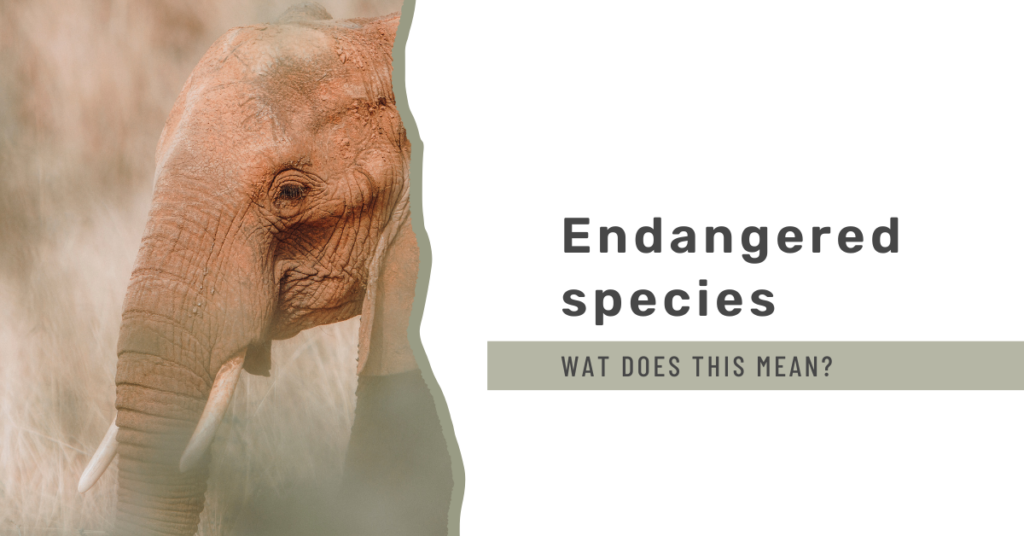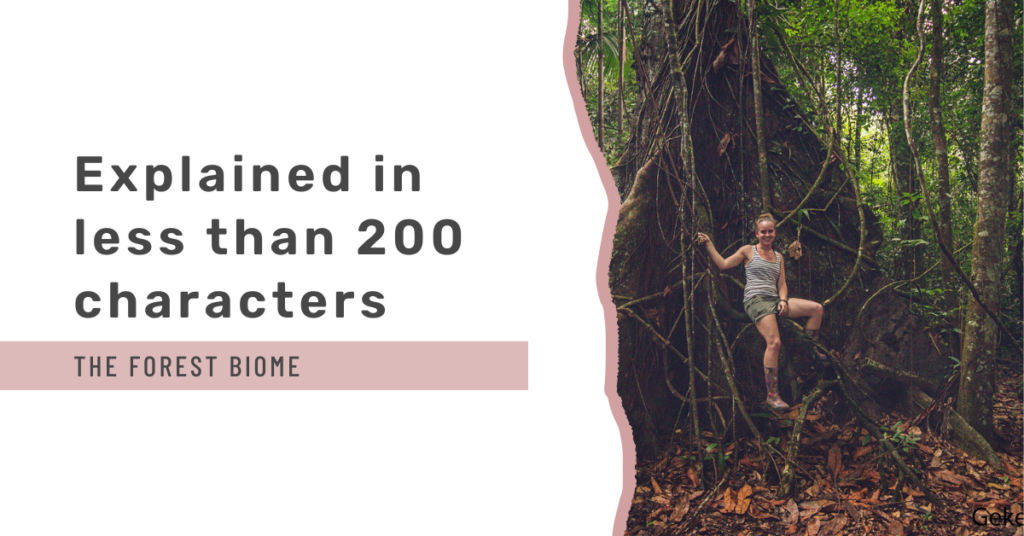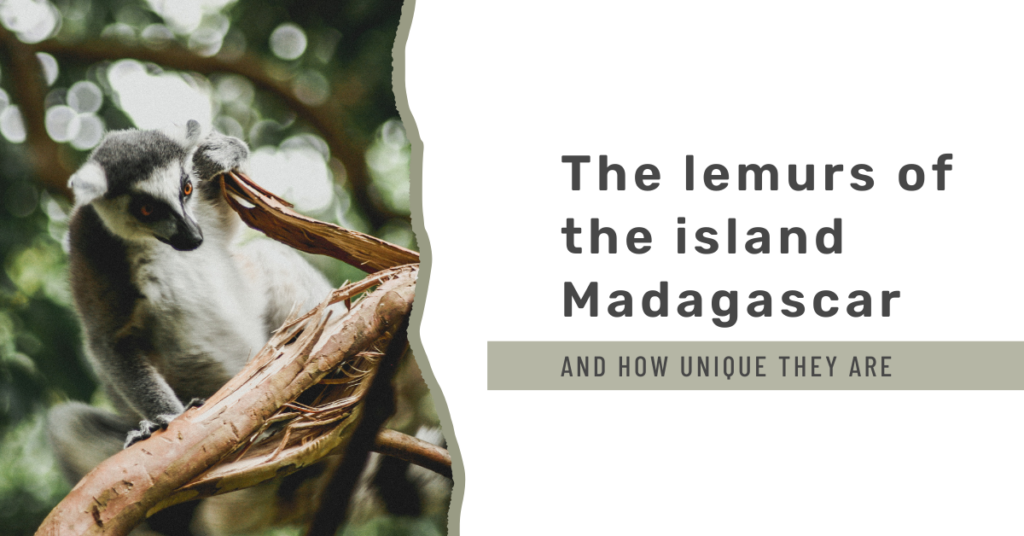Spotting the Big Five in Africa ranks high on the bucket list of many travellers. I count myself fortunate to have witnessed all of these majestic creatures during my initial journey to the African mainland. However, I often ponder how many individuals who aspire to see the Big Five are aware of the origin behind this term. So, let’s begin by acquainting ourselves with these remarkable animals. the African elephant (Loxodonta africana), the black rhinoceros (Diceros bicornis), the Cape buffalo (Syncerus caffer), the African lion (Panthera leo), and the African leopard (Panthera pardus pardus).
Size or popularity?
Indeed, the common assumptions that the Big Five derive their name from their sheer size or popularity are not entirely accurate. Let’s delve deeper into this fascinating nomenclature. While the African elephant is undeniably a massive creature. With some bulls towering 4 meters in height and weighing more than 6,000 kilograms. The size argument doesn’t hold up for the rest of the Big Five. For instance, consider the leopard, where a male typically averages around 60 kilograms. In this case, one might argue that the giraffe, with its towering stature of up to 5.5 meters and a weight of up to 800 kilograms, should replace the leopard. Even species like zebras and certain antelopes surpass the leopard in size. Hence, it’s clear that size alone does not dictate the inclusion in the Big Five.
The popularity factor also falls short of a logical explanation. While the elephant, lion, and leopard do indeed enjoy significant popularity and often top lists of favourite animals for many. The Cape buffalo doesn’t typically hold such prominence. In the context of a safari, most people might express a stronger desire to spot a zebra, giraffe, or even a particular bird species rather than the buffalo. This isn’t to downplay the buffalo’s significance. it simply highlights that the Big Five designation isn’t solely based on popularity either.




Big game hunters
The true origin behind the term “Big Five” might not be as glamorous as one might imagine. It owes its existence to the world of big-game hunting. These animals—elephant, rhino, buffalo, lion, and leopard—were dubbed the Big Five because they were considered the most perilous and challenging to hunt. However, the term has evolved over time and now serves a different purpose. In the modern era, it is widely adopted by safari tour operators, no longer associated with hunting but instead used to inform tourists about the notable animals they might encounter on their wildlife adventures.
As for my own experiences, I’ve been exceptionally fortunate to witness all members of the Big Five myself. Creating unforgettable memories etched deep within my heart. These extraordinary encounters took place during my remarkable journeys through both Uganda and Botswana. Two countries blessed with rich and diverse wildlife.
Conservation status of the Big Five
It’s a sobering fact that four out of the five animals in the Big Five are either endangered or facing threats to their existence. The elephant, despite its large size, is listed as vulnerable due to habitat loss and poaching for its ivory. The black rhino is critically endangered, with several subspecies already extinct, and more are at risk if conservation efforts don’t intensify. The lion and leopard are both vulnerable as well, primarily due to habitat loss and human-wildlife conflicts. Despite their wide distribution, their populations are steadily declining. The sobering truth is that four of the Big Five species are in jeopardy of extinction. And without prompt action, we may lose the opportunity to see these iconic animals in the wild.
For those who aspire to witness the Big Five and other remarkable wildlife in their natural habitats. There are several countries where this dream can come true. Including Angola, Botswana, Kenya, Malawi, Namibia, Rwanda, South Africa, Tanzania, Uganda, Zambia, and Zimbabwe. Yet, going on safari offers so much more than just the Big Five. There’s a wealth of bird species, antelope varieties, monkey species, and countless other fascinating creatures to encounter. The images below showcase some of the incredible sightings I had during my safari expedition in Uganda and Botswana. Including the awe-inspiring moment when I encountered the mountain gorilla.




Wildlife Tourism and Conservation
Responsible wildlife tourism plays a pivotal role in supporting conservation efforts for the Big Five and other species. When done ethically, wildlife tourism can contribute to habitat protection, community involvement, and financial support for conservation. Travelers who choose reputable operators and follow ethical guidelines can make a positive impact on wildlife conservation.
For example, safaris that prioritize wildlife welfare and conservation contribute to local economies and demonstrate the value of preserving natural habitats. By respecting animals’ space and behaviour, tourists can enjoy unforgettable encounters while minimizing stress on the animals.
Moreover, wildlife photography and observation provide invaluable data for research and monitoring, aiding conservation efforts. When travellers participate in these activities. They indirectly support research projects and initiatives aimed at safeguarding the Big Five and their ecosystems. Responsible wildlife tourism thus becomes a powerful tool in the conservation toolbox.
Conservation Efforts and Success Stories
The Big Five, comprising the African elephant, black rhino, African lion, leopard, and Cape buffalo, have become symbols not only of Africa’s remarkable wildlife but also of the ongoing efforts to conserve them. While these iconic animals have faced numerous challenges. Conservation initiatives have demonstrated that with dedication and effective strategies, positive change is possible.
- African Elephant: Vulnerable due to habitat loss and poaching for ivory. African elephants have been at the forefront of conservation efforts. Anti-poaching patrols, community-based conservation programs, and international bans on ivory trade are just some of the measures in place. Encouragingly, in some regions, elephant populations have stabilized or increased, thanks to these initiatives.
- Black Rhino: The black rhino, critically endangered and with some subspecies already declared extinct, has seen significant progress in its conservation. Anti-poaching units, relocation programs, and habitat restoration have played crucial roles. Several black rhino populations have shown promising signs of recovery in well-protected areas.
- African Lion: Lions, vulnerable to habitat loss and human-wildlife conflicts, have benefited from a range of conservation projects. Habitat restoration, community education, and research into lion behaviour have been key components. In regions like the Maasai Mara in Kenya, successful conservation programs have led to coexistence between lions and local communities.
- Leopard: Facing threats from habitat loss and human-wildlife conflict. Leopards have been the focus of studies to better understand their behaviour and population dynamics. Protection of their habitats and the creation of wildlife corridors are vital elements of leopard conservation.
- Cape Buffalo: While the Cape Buffalo may not always take the conservation spotlight, its well-being indirectly affects other species and ecosystems. Protecting buffalo habitats and ensuring their health contribute to the overall health of ecosystems.




These success stories underscore the importance of conservation initiatives and the positive outcomes they can achieve. Despite the challenges these animals face, dedicated efforts have led to stabilized or growing populations in well-protected areas. Moreover, it’s essential to recognize that the conservation of these charismatic megafauna goes hand in hand with safeguarding entire ecosystems. Ensuring the health of not only the Big Five but also the countless other species that depend on these habitats. Through continued dedication and support, these conservation efforts aim to secure a future where the Big Five continue to roam Africa’s wild landscapes for generations to come.
The new big five
Indeed, the term “Big Five” has drawn criticism over the years, largely due to its historical association with hunting. As the world grapples with a wildlife conservation crisis, there is a growing movement to redefine this concept. Photographer Graeme Green initiated a project called “The New Big Five” with the aim of establishing a new list. Not for hunting but for photography and celebrating wildlife.
People from around the world had the opportunity to cast their votes for a whole year to determine the new Big Five. The results are in, and they offer a refreshing perspective on wildlife appreciation. The new big five include the elephant, lion, polar bear, tiger, and gorilla. Five remarkable species that capture the essence of wildlife conservation and the need to protect these majestic animals and their habitats for future generations.
Want to support my work?
I spend a lot of time keeping this website filled with educational content and keeping updates about what I do to achieve my dream of working and living in Africa. Do you want to support me? You can buy me a coffee or purchase one of my digital prints. All proceeds will go towards my elephant research and the time spent on this website.







